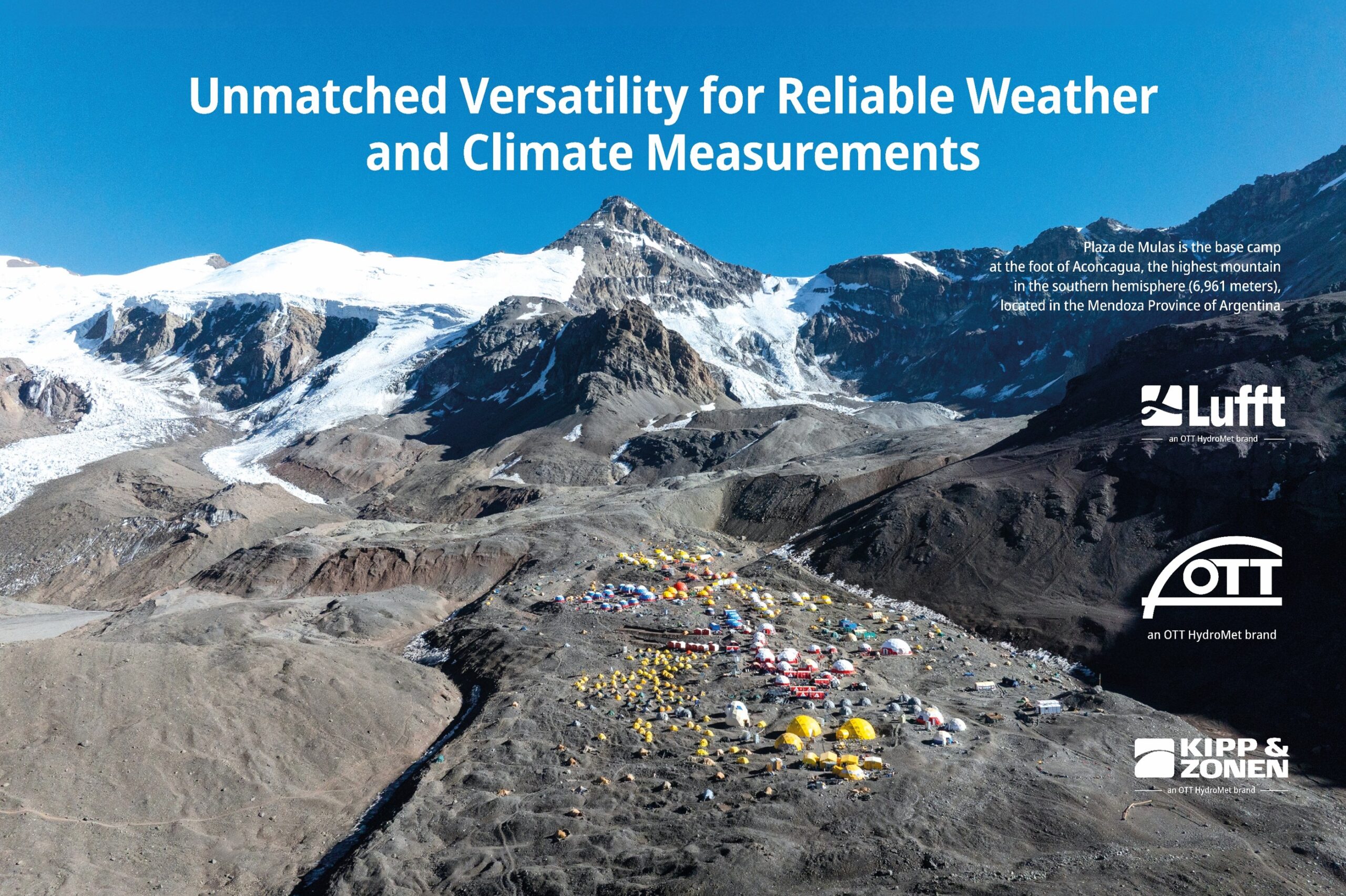The solar industry is growing in the United States. As the environmental conditions of big photovoltaic plants need to be observed before and after installation, the weather sensors from Lufft are a perfect match for this application field. The mulifunctional weather stations combine different sensors in one housing. Furthermore different models come with different accuracies – therefore, every need is met! This blog post reports about the actual solar related figures and a big project from Lufft USA…

The demand for reliable sources of renewable energy is growing in the United States. The U.S. Solar industry achieved another record year in 2014, growing by 34% over 2013 to install nearly 7,000 megawatts (MW) of solar electric capacity. Within the photovoltaic (PV) sector, over 6,200 MW of capacity was installed, led by the residential and utility segments (due to Solar Energy Industry Association data 2014). Reduced barriers to entry and an advantageous political climate are helping to grow solar power around the country. Companies as well as state run organizations are recognizing the benefits to installed solar capacity on their rooftops. Rooftop solar provides substantial benefits not only for the installer but for every surrounding utility customer. It helps power the homes and shops that adopt it, to be sure, but it has far-reaching benefits for other customers as well.
The Virginia National Guard 183rd Regiment decided to complete a solar installation at their Regional Training Institute (RTI) at Fort Pickett, VA. The project, a $2.2 million, 488 kilowatt solar array that measures 10,000 square yards and consists of nearly 2,000 individual solar panels, provides the RTI with nearly 80 percent of its daytime energy needs. This field is estimated to produce 712,000 kilowatt hours per year and was installed adjacent to the RTI campus.
The photo here shows a Lufft WS500 weather sensor in the foreground with the installation array behind. The Lufft weather sensor provides wind speed, wind direction, temperature, humidity and air pressure. The weather station and pyranometer together provide weather and solar radiation data from the field that is then integrated into a Schneider Electric BAS (Building Automation System) and display on the customer’s energy management dashboard. Evergreen Solar was the installer on the job with oversight from Schneider Electric. Lufft provided the weather sensor that provides data for the array.
More about the WS500-UMB as well as the global radiation sensors on the Lufft homepage and the product websites.


